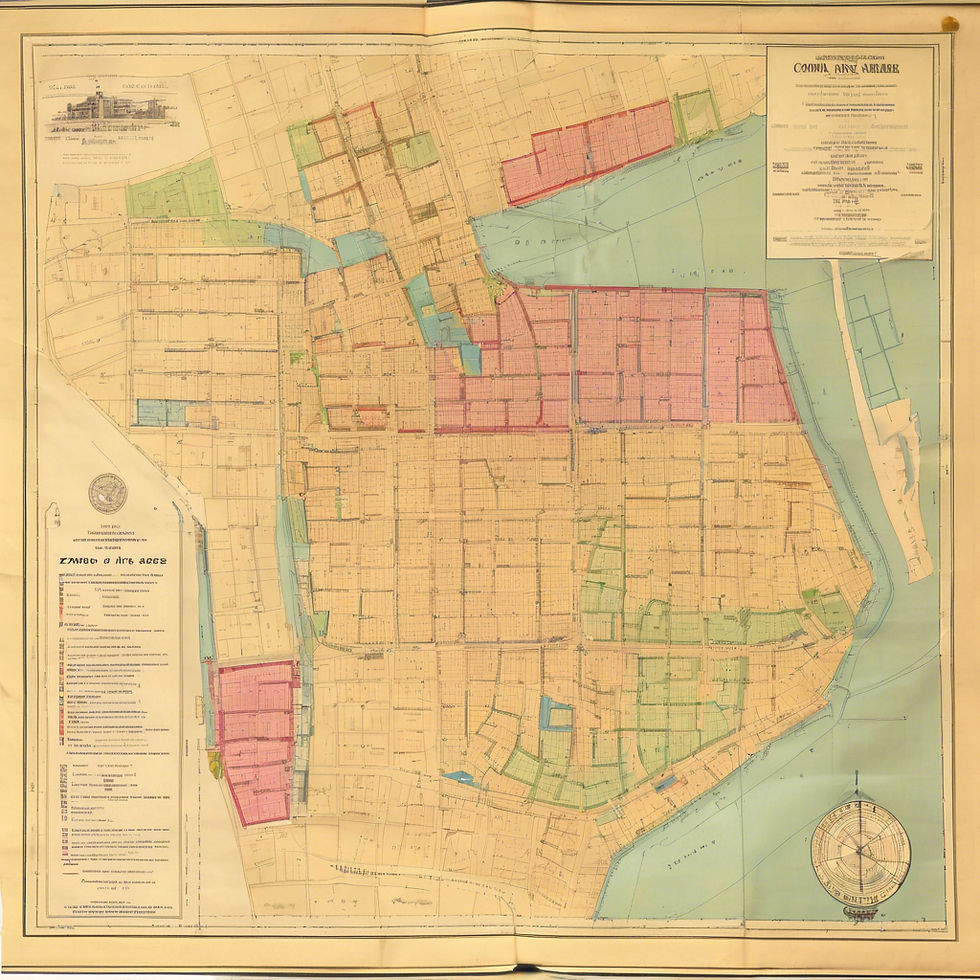Tiny Homes: Affordable, Sustainable, Simple Living
- T Lars Stene
- Apr 17
- 3 min read
Tiny homes have become a compelling housing option, offering a unique blend of affordability, sustainability, and simplicity. These compact dwellings, typically under 400 square feet, appeal to those seeking alternatives to traditional housing. Let’s dive into why tiny homes are more than a passing trend and how they align with the values of today’s forward-thinking individuals.
Affordability: Breaking Free from Financial Burdens
For many, financial pressures like rising rent and debt make homeownership seem out of reach. Tiny homes offer a practical solution. With construction costs ranging from $20,000 to $100,000—far less than the median U.S. home price of over $400,000—tiny homes are a budget-friendly way to own a home. Many owners build their homes themselves, cutting costs further through DIY resources and community workshops.
Ongoing expenses are also minimal. Smaller spaces mean lower utility bills, often $50-$100 a month compared to $200+ for a standard home. Off-grid setups can eliminate utility costs entirely. This financial freedom allows people to prioritize experiences, personal growth, or career flexibility over hefty mortgage payments.
Sustainability: A Greener Way to Live
Environmental consciousness is a priority for many, and tiny homes deliver on this front. Their small size requires fewer building materials, many incorporate reclaimed wood, recycled metal, and energy-efficient appliances to minimize environmental impact.
Off-grid features like solar panels, composting toilets, and rainwater collection systems enhance sustainability. For instance, a tiny home with solar power generates about 80% less carbon than a traditional house.
Simplicity: Embracing Minimalism
In a world of constant noise and consumerism, simplicity is a powerful draw. Tiny homes encourage a minimalist lifestyle, with limited space prompting owners to declutter and focus on what truly matters. A 2024 study found that 60% of tiny home residents reported reduced stress and greater life satisfaction after downsizing.
The design of tiny homes—featuring multi-functional furniture and clever storage—maximizes utility without sacrificing style. For those seeking a career reset or a more mobile lifestyle, tiny homes on wheels offer flexibility to relocate without being tied down. This blend of practicality and aesthetics appeals to those who value efficiency and intentional living.
Why Tiny Homes Resonate
Tiny homes align with a growing desire for flexibility, purpose, and impact. They offer an affordable way to live in desirable areas, like rural outskirts or community villages, without breaking the bank. For those reflecting on years of accumulation, tiny homes provide freedom and a chance to streamline. Social media platforms like Instagram and TikTok, where #TinyHouse has over 3 billion views, showcase inspiring designs and layouts, fueling interest. Tiny home communities, both online and in-person, foster connection through workshops and meetups, creating a sense of shared purpose.
Overcoming Challenges
Tiny homes come with challenges. Zoning laws and building codes can limit where they can be placed, though advocacy groups are pushing for change. Financing is another hurdle, as traditional mortgages are rare, but personal loans and RV loans offer alternatives. Online forums like Reddit’s r/TinyHouses provide a space for sharing solutions and navigating these obstacles.

The Future of Tiny Living
Tiny homes are more than a housing choice—they’re a lifestyle shift. They offer a path to financial independence, environmental responsibility, and a clutter-free existence. As cities rethink zoning and sustainability becomes essential, tiny home communities are emerging nationwide, from Oregon to New York.
Ready to explore tiny living? Take a small step: visit a tiny home village, join an online community, or sketch your ideal layout. The tiny home movement isn’t about downsizing—it’s about living bigger in the ways that matter most.



Comments